A repulsive bird of prey known for its large eyes. Its name was associated to desolation. The vast majority of human beings would croak on seeing or hearing its voice. However, it held a special place among the ancient Egyptians. They even took it as a hieroglyphic character.
"Pharaoh owl" is a bird of prey with extremely acute hearing, ten times better than humans. It does not make a sound while flying in the air. It is called sometimes "horned owl" for having horn- like feathers on its head. At 46–50 centimeters long, the Pharaoh owl is Egypt's largest species of owls, and belongs to the true owls (family Strigidae). The body is golden and marked with brown and white blotches, with striking, large orange-yellow eyes. The females lay 1 - 7 eggs at a time.
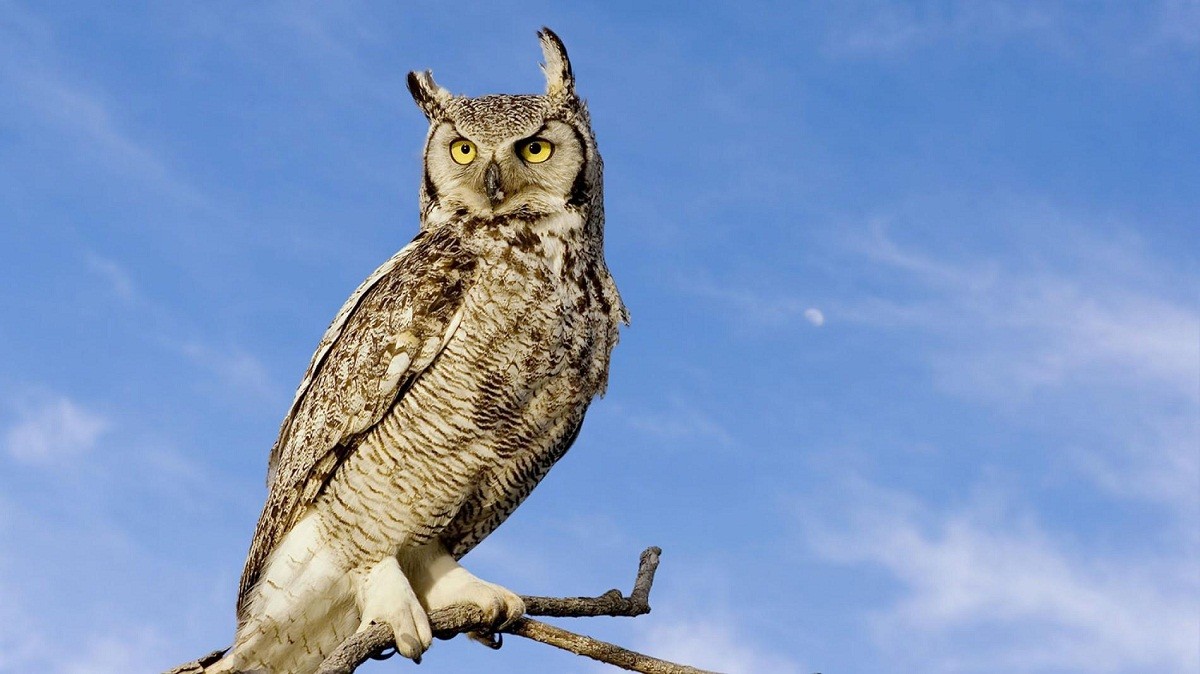
Despite not having a prominent status in the ancient Egyptian religion, Pharaoh owl was much respected. It was honored through mummification and sculpture. Moreover, it had been the hieroglyphic symbol for the letter M. Inscriptions on the walls of Pharaonic temples show how it had become of greater significance under Ramsses II, who considered it his favorite bird. In addition, ancient Egyptians believed that the spirit of the deceased wanders at night in the air as a bird with a human head, much like an owl.
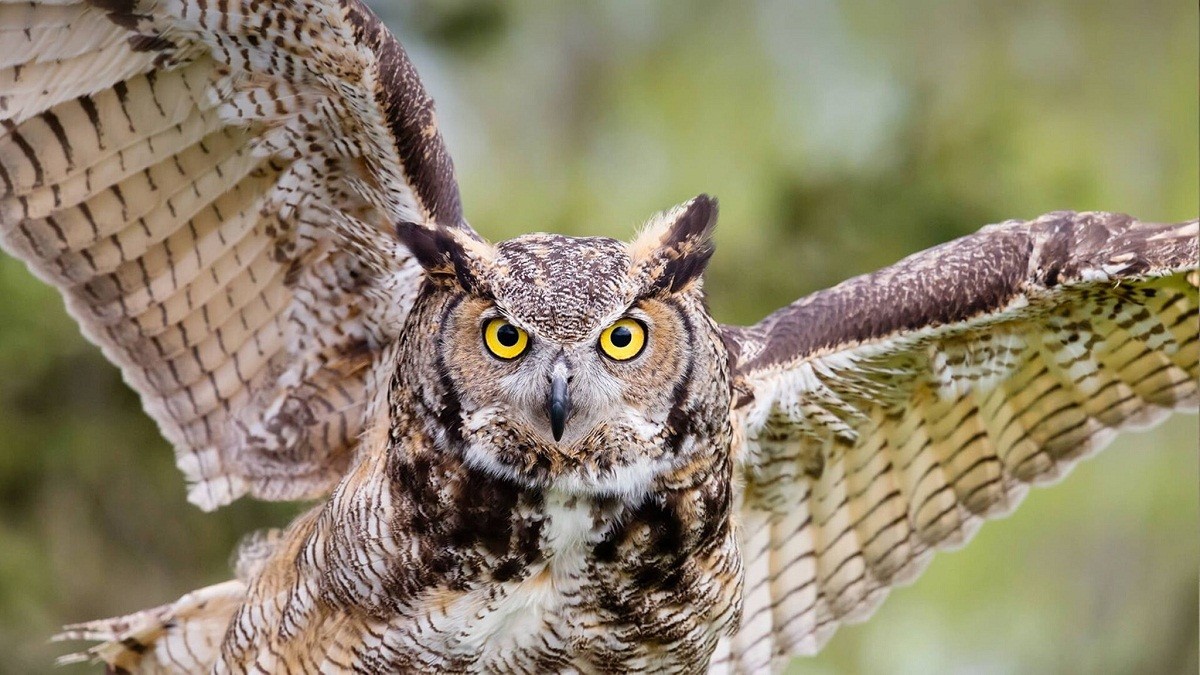
The much interest and respect for the owl had been clear via women's jewelry, which had been in the shape of that bird. Ancient Egyptians also had decorated their houses and temples with owl statues made of stone or copper. Some historians confirm that Egyptians had respected it not until slapping Ramses II, who took revenge of it. Hence, it was called "Umm Queiq," as a symbol of bad omen among Egyptians.
A painting of a frightening naked goddess in the shape of a human being that had wings and feet of an owl was found in Babel, Iraq. With her feet resting on two lions, and two giant standing owls, there is an impression that they were companions or guards of the goddess.
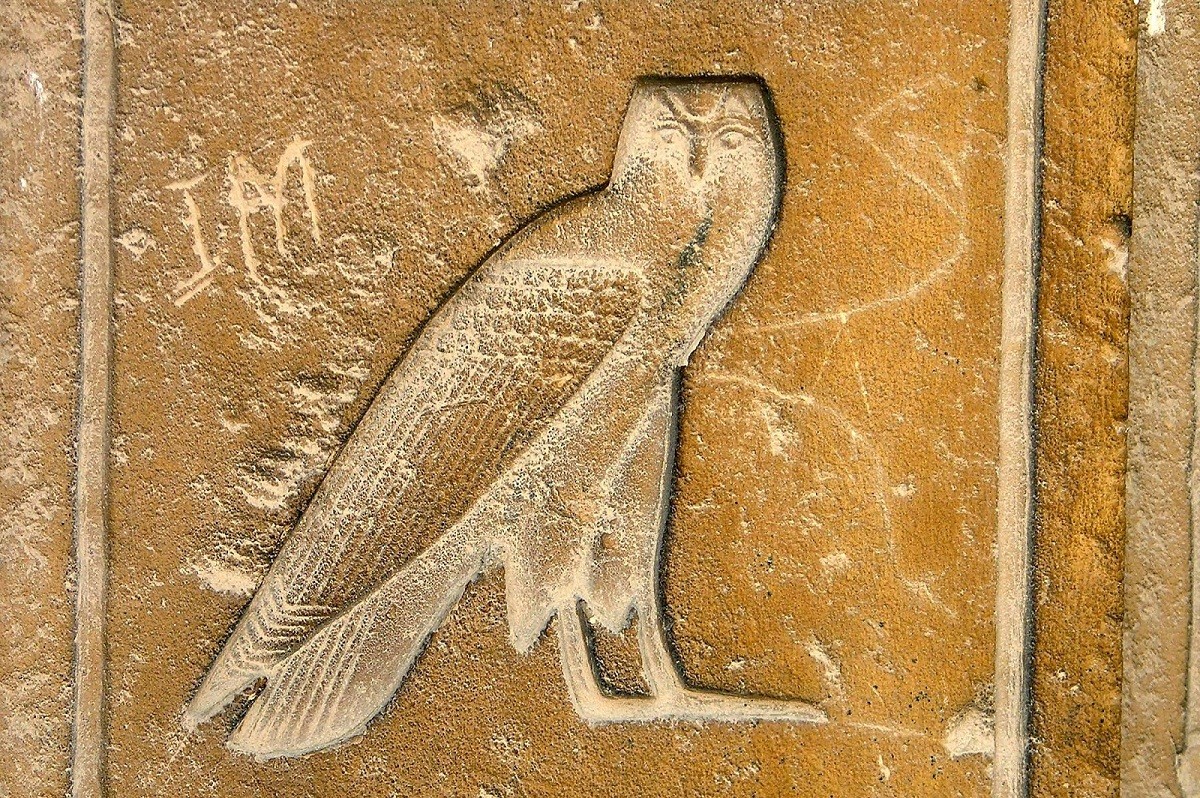
Owls traditionally inhabited the mountains and places far away from humans. Soon, they emerged in towns and villages, especially the the little owl (Athene noctua), which usually build their nests in few - leaf trees. This owl prefers to inhabit abandoned houses, or old cars. Sometimes, it inhabits holey stones, or might be forced to dig a hole in the stones itself.

It feeds on small mammals such as mice, rats, rabbits, and birds such as pigeons and chicks, as well as reptiles and insects. With their light feathers, owls have the ability to fly almost silently without making any noise, and that gives them a strong advantage over their prey. Owls are known for their large eyes, a particular characteristic that aids in prey capture over long distances. Owls exhibit powerful hearing functions that also aid in hunting, and pouncing on a prey in a jiffy. So, owl is described sometimes of "desolation" for snatching fruits of rooftops.
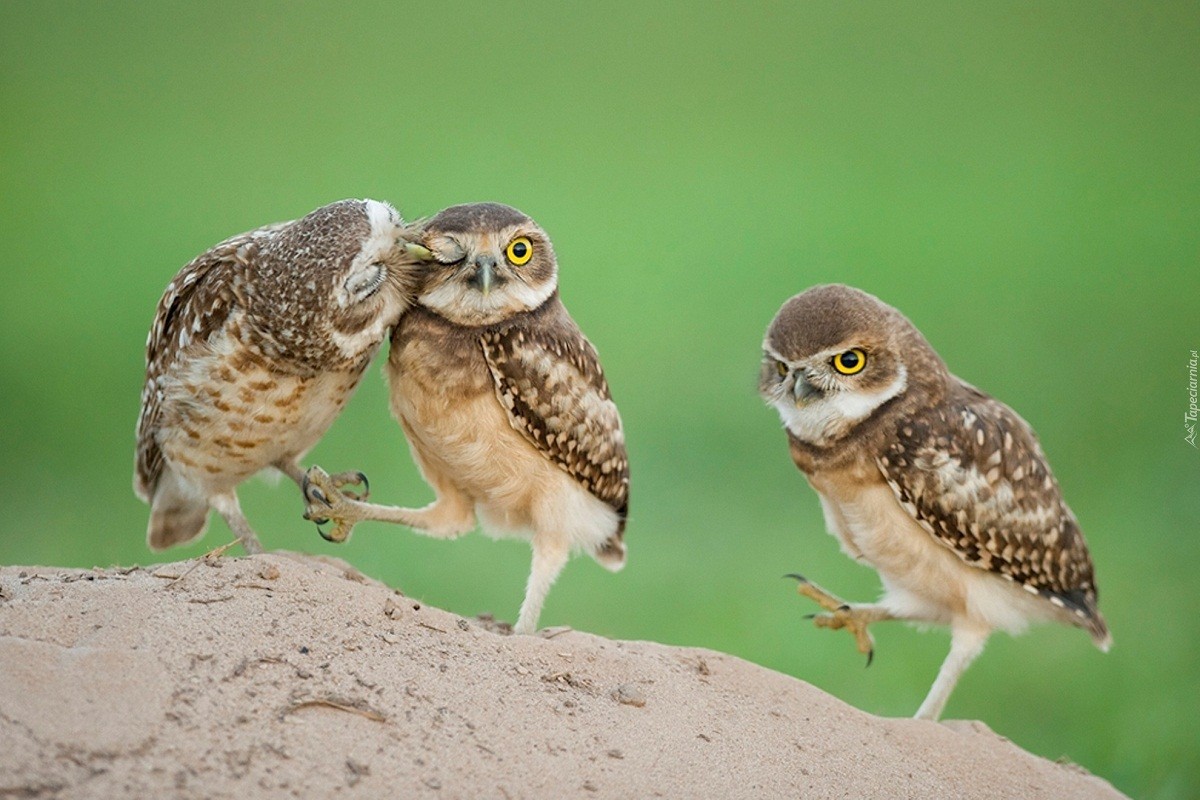
Owls typically prefer standing on branches, power cables, or lampposts. They prefer existing in open areas, so that they can see in all directions. The fact that owls' heads are capable of swiveling makes them overcome their inability of moving their eyes in any direction. Zoologists say that the owl's pupil is fixed into the skull, and thus unable to move.
Owls are introvert birds, which are not seen frequently by people. Owl's hoot is usually heard in bleak nights, after devouring its prey. Egyptians call it "Um Queiq", and it is one of the species that is active during both night and day. Perhaps, it is the only species that is seen by people.
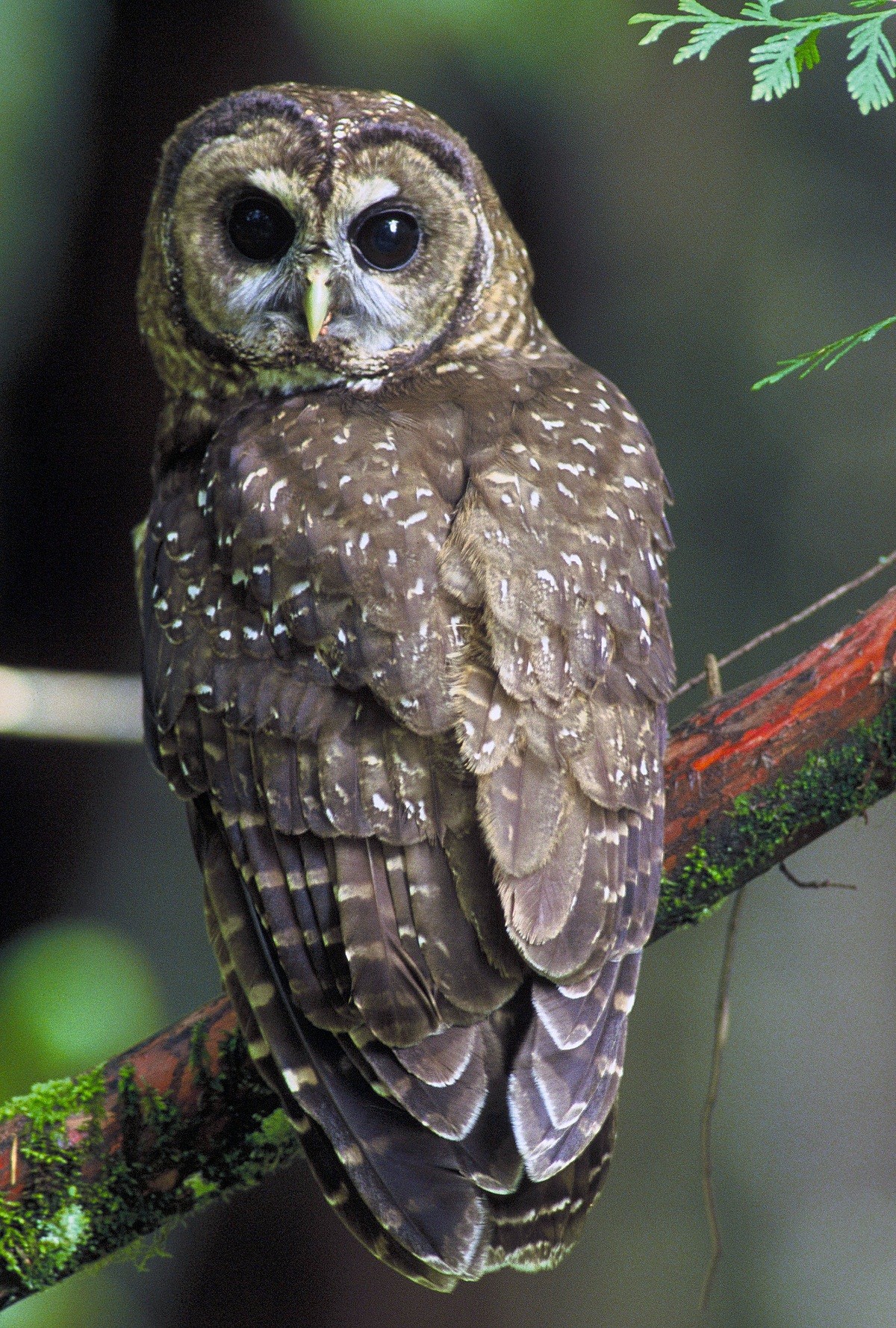
Owls are viewed as harbingers of bad luck, not only among Egyptians, but also in many parts of the world. In Greece, soldiers traditionally viewed it as a symbol of victory, while in India; owls were associated with wisdom, support, and prophecy. Today, owl has become a symbol of "death". Julius Caesar was rumored to have died after his courtiers saw owls in their dreams. In England, people believe that the owl is a symbol of death, and hang it on the facades of their houses to keep evil and death away.
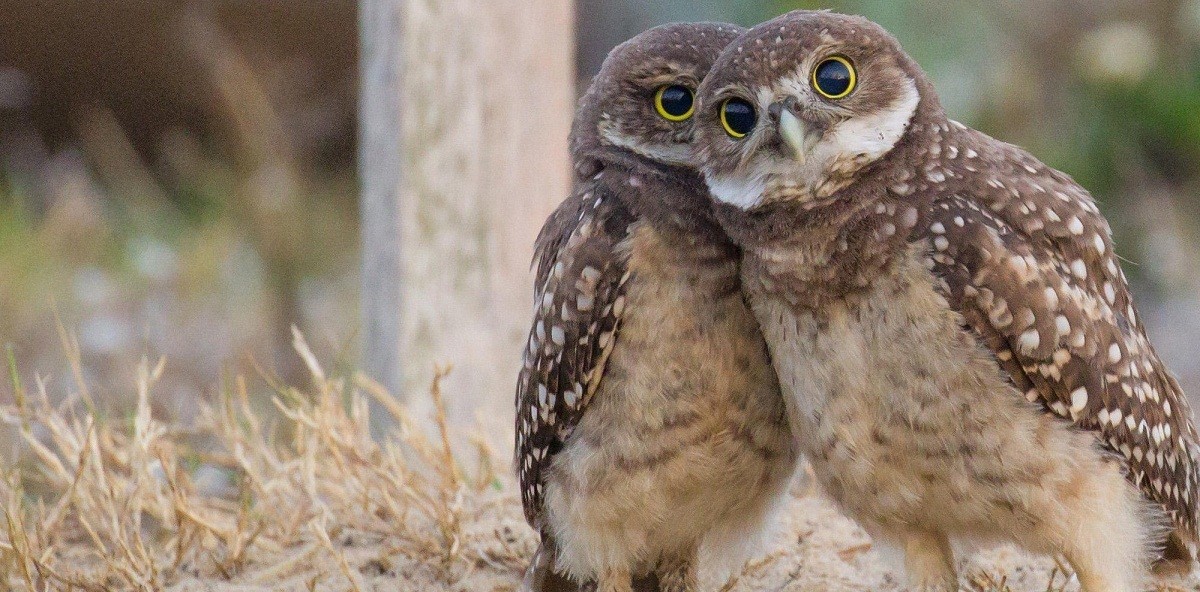
Despite this, owl keeps balance of nature. It targets mice that cause a lot of damage and destroy crops, and thus prevent epidemics transmitted to humans by mice. Perhaps, if farmers know that, they may not use pesticides against mice.
Owls reproduce in February, each year. An owl mates with a partner for a lifetime. In case of death, the owl may find another mate. "Umm Queiq" (the little owl) builds breeding nest among rocks, beneath barrels, or under old cars. Females lay 3-6 eggs, and incubate them for 28-33 days. Meanwhile, males provide food for females even after the eggs hatch for 15 days. Then both males and females provide food for hatchings for 30-35 days. Afterwards, young owls begin to fly, and feed themselves.
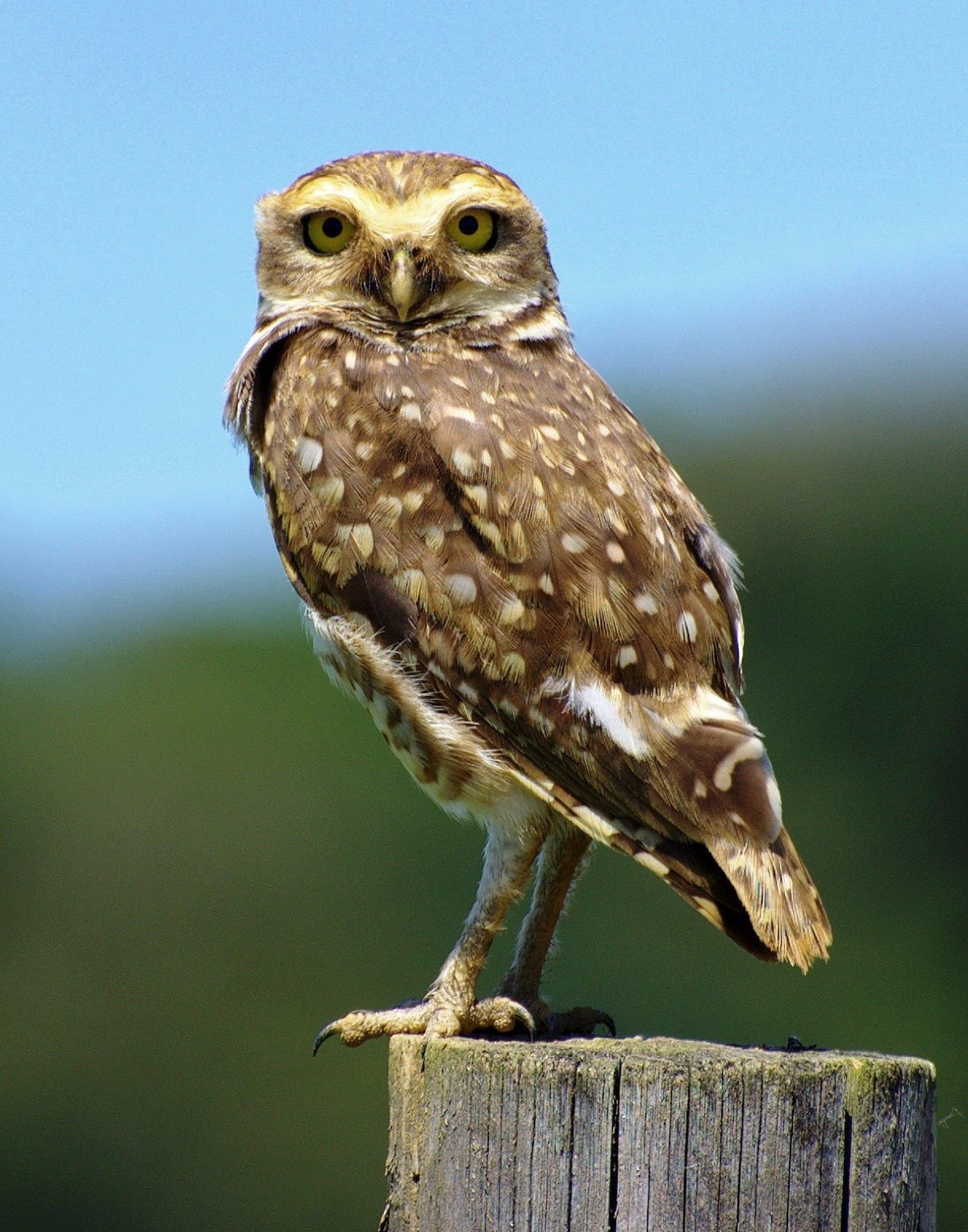
Besides Egypt's famous "Umm Queiq" (little owl) and the holy Pharaoh owl, there is Hume's owl (Strix butleri), which is rarely seen, despite being active during day and night. Hume's owl lives in deserts, and abandoned areas in villages and cities. In addition, it lives widespread in plains in Sinai desert.




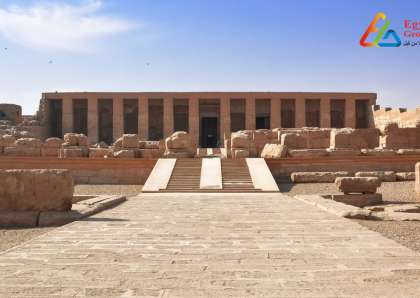
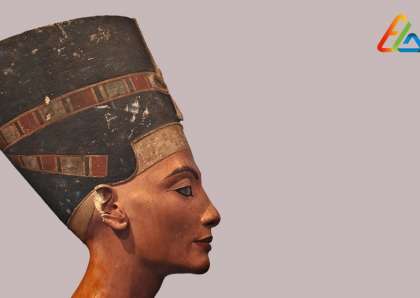
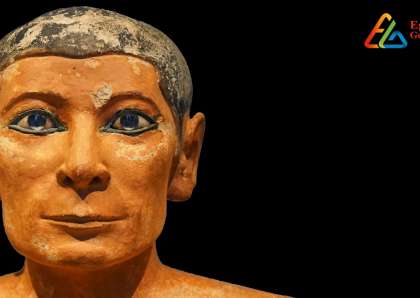
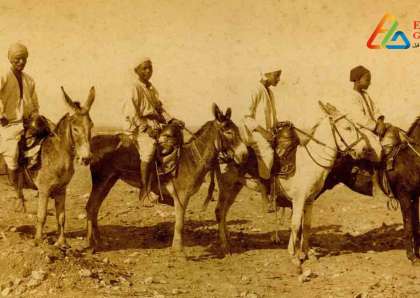
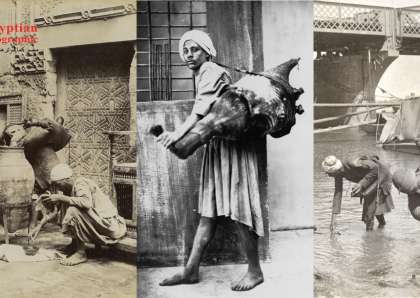
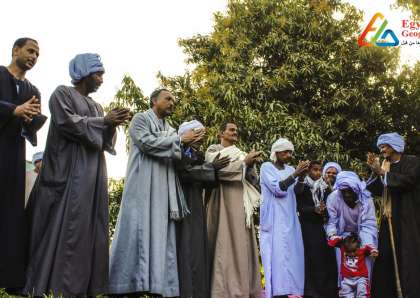







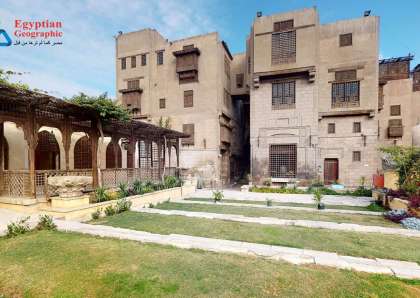
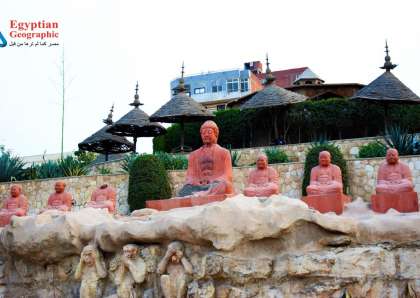

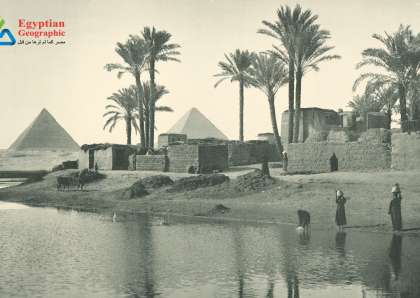
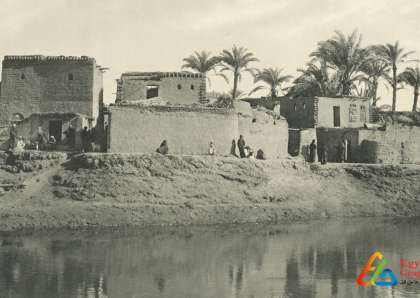
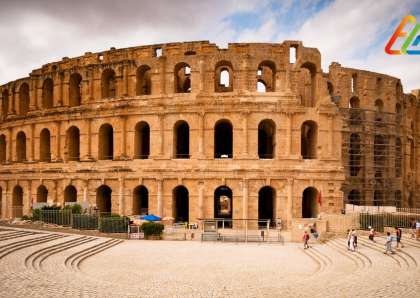
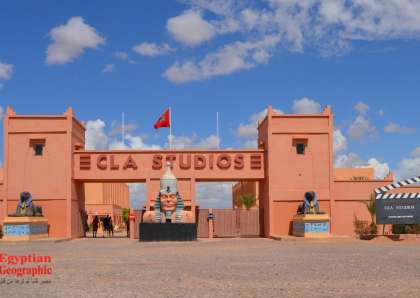

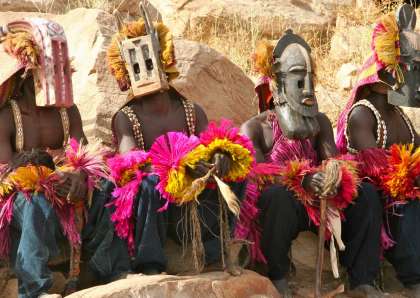

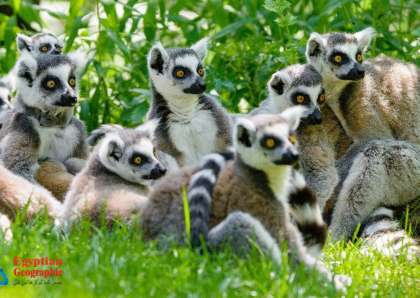
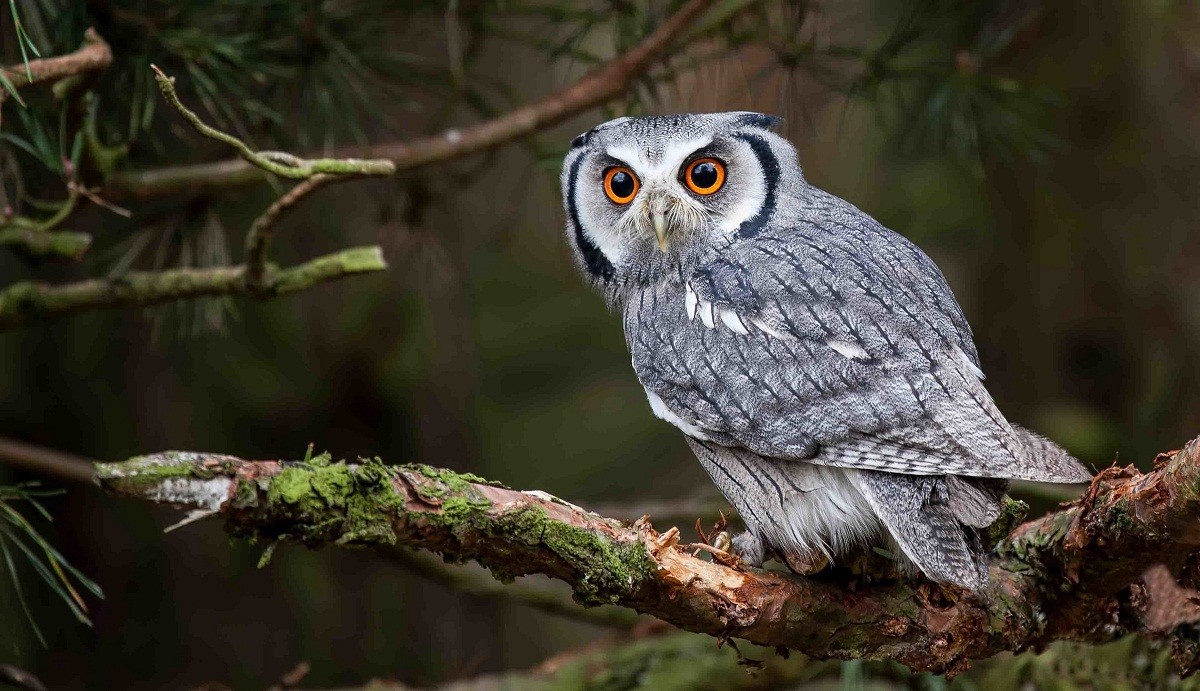






















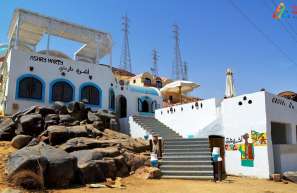

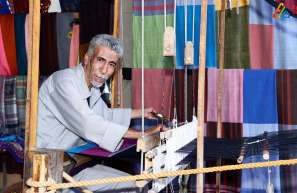
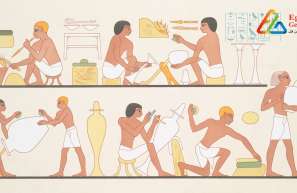

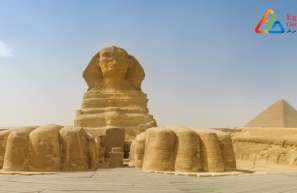
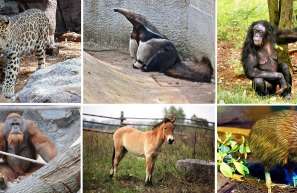
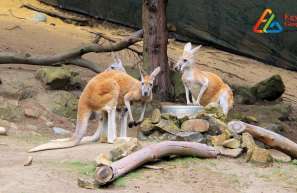









مجلة علمية معرفية وثائقية تتناول الشخصية المصرية